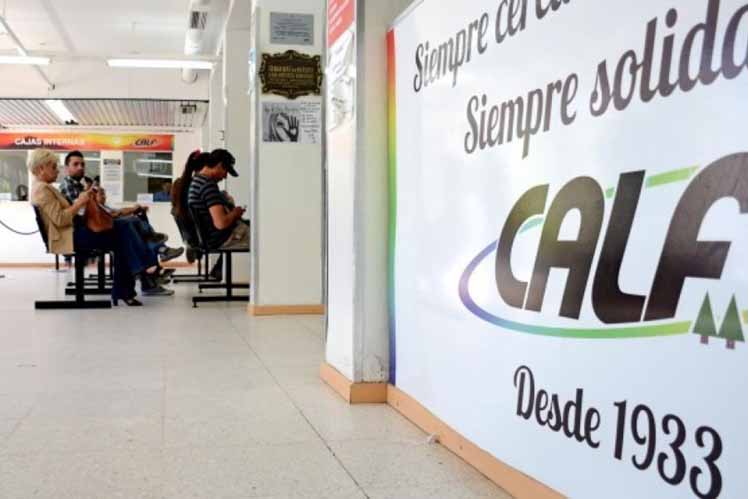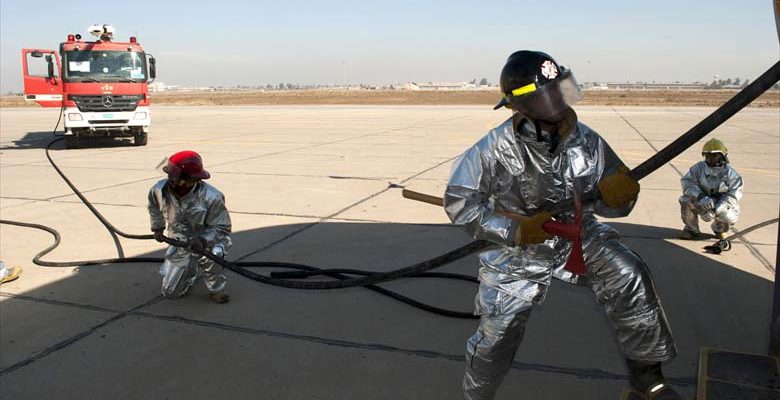SWANTON — Prevention is the common first step in education today, whether the focus is obesity or substance use disorders. But Reg Beliveau Jr. and Liza Comiskey use prevention to fight fires.
Beliveau is Swanton’s Village Manager, Comiskey a volunteer firefighter in Highgate. Both are “Rising Stars,” according to the National Fire Protection Association — an annual award the NFPA uses to recognize individuals improving fire safety culture in their communities.
In this unique case, these nationally recognized fire safety experts’ communities are separated only by a handful of miles and bridges, so Beliveau and Comiskey teamed up to teach students fire safety skills. Beliveau has 25 years’ experience doing so. Comiskey said she’s been going into classrooms with him for about four.
Beliveau in particular, given his decades of experience, has seen evidence that what they’re doing works.
He remembered responding to a fire years ago, one January morning at 2 a.m.
The family’s first way out of their house was blocked. Comiskey and Beliveau teach students and families to identify multiple exit routes from a residence in case of that situation, and then to designate a meeting place where the family can come together after escaping a home on fire.
In this case, “they yelled at each other, ‘Take the second way out,’” Beliveau said.
“And I remember the call like it was yesterday. The first truck headed out. I was on the second truck. And the first truck arrived, and they said, ‘The family’s at their meeting place.’
“Buckling up my air pack in the backseat, the fire chief turns around and looks at me like this” — Beliveau raised his eyebrows and tilted his head down. “I get goosebumps every time I talk about it.”
Beliveau said that was one the Vermont Division of Fire Safety’s first documented fire saves to utilize current fire safety education.
Beliveau and Comiskey teach students about various means by which a fire can start — for example, keeping a candle on a couch. Beliveau remembered going to one house fire caused by just that. A high school student who he’d taught fire safety as a child came up to him.
“She came out, and all of a sudden she starts crying,” Beliveau remembered. “She recognizes me. [She said], ‘I had a candle on the couch, and I know I wasn’t supposed to do that, and I did, and I remember the thing,’ and she’s going off about what she remembered then. But that’s something she’ll carry with her for the rest of her life.”
That’s an example of a hard lesson, a connection made too late. But Comiskey and Beliveau focus on making connections as early as possible, and then building on prior lessons throughout each school grade.
And both emphasize that’s the center of their method: connections.
Comiskey educates younger kids by speaking in terms they might better understand, saying smoke alarms have birthdays, for example, to explain their manufacture date — “and when it turns ten, do you know what you have to do with it?”
“And they all know when it turns ten years old that you have to get a new one,” Comiskey said.
Beliveau asks five student volunteers to try on his firefighting gear. He said the kids can’t help but laugh — one piece of his gear is the size of most small kids.
And Beliveau said the kids’ laughter is exactly what he’s after.
“They laugh, they love it, but … learning is fun,” he said. “They remember that.”
Beliveau said an adult working at a nearby restaurant recognized him when he came in and asked if he was still teaching fire safety.
“I put on the bunker gear,” she said.
That’s proof, Beliveau said, that students remember these lessons.
Comiskey and Beliveau have another purpose in putting kids in adult firefighting gear. They say it teaches students not to fear firefighters in a crisis situation, “that there’s a person underneath there and they’re there to help you,” as Beliveau put it.
Comiskey and Beliveau keep up with the latest methods of fire safety and fire safety education. Technology seems to change the most. They pointed to new smoke detectors that include a battery with a 10-year lifespan, saving residents the concern of dying batteries.
But the basic methods stay the same. Comiskey and Beliveau start by teaching kids to stop, drop and roll. Then they teach students to identify two ways out of any room, how to touch a door in case of extreme heat and whether to open the door, cooking safety.
Comiskey said she emphasizes that kids should tell their parents what they’ve learned.
“I think, as grown-ups, we tend to forget about being fire safe, about checking our smoke alarms, changing the batteries,” she said, “and we’re teaching the kids what is current.
“What I learned in school for fire safety has nothing to do with what we’re learning now.”
Comiskey and Beliveau try to relate their lessons to the “now” in kids’ own lives: teaching about campfire safety in the summer, for example, or even the potential danger of birthday candles.
One lesson that seemed important for both Comiskey and Beliveau is teaching kids to identify fire routes during sleepovers.
“We talk about going on sleepovers,” Beliveau said. “’How many kids talk about their emergency plan, how to evacuate your home if there’s a fire if you have a sleepover?’ Nobody raises their hand.”
Beliveau and Comiskey encourage kids to practice their home fire escape plans. Comiskey said most students raise their hands when asked if they have a fire escape plan, but almost all of those lower their hands when asked if they have practiced that plan.
Comiskey said she compares practicing the plan to sports practice, that students need to practice if they want to get good at it.
That means all students, too — Comiskey and Beliveau aren’t just hitting the elementary and middle school students, but even pre-schoolers, those at daycares.
The idea that parents aren’t thorough in their own fire safety training doesn’t seem surprising.
“In the whole scheme of things, you get busy,” Beliveau said. “And then you forget what’s important to the community and to the lives of our kids.”
It’s with that in mind that Beliveau and Comiskey are keeping the foundation of fire safety education strong in their shared community.
“If I was a young family wanting to move into a community, I would want to know … how connected are the emergency services groups to the schools, and how well are they connected within the community,” Beliveau said.
“I can honestly tell you that, in Highgate and Swanton, we are closely connected to our school systems.”
So close, in fact, that Beliveau said Swanton School calls him if he’s late in his annual class visits for fire safety.
“You talk to other firefighters across the state, and they say, ‘How the heck do you do that?’ I say we’ve been doing it for so long, it’s just commonplace for Swanton to have that program going on.”
Comiskey said she and Beliveau are willing to help other communities start or improve their own regular fire safety education system, based on the duo’s experiences in Swanton and Highgate.
Beliveau said Comiskey is an inspiration as he continues his own fire safety education.
“When you get old, like me, you sit there and you think where do you get your energy from,” he said. “And then Liza comes in. Her energy, and her enthusiasm in wanting to continue to do the program and improve the program that they have, it’s just like, ‘Okay. I can do this again. I can do this another year.’”
But he also said the appreciative hugs from pre-schoolers while he’s showing them his firefighting gear doesn’t hurt either.
Both Swanton and Highgate’s respective fire departments are eager to help residents improve their fire safety, including free smoke alarms and their free installation.
Contact the Swanton Village Fire Dept. at 868-3363. Contact the Highgate Volunteer Fire Dept. at 868-7722.
For the record, volunteers staff both fire departments.



